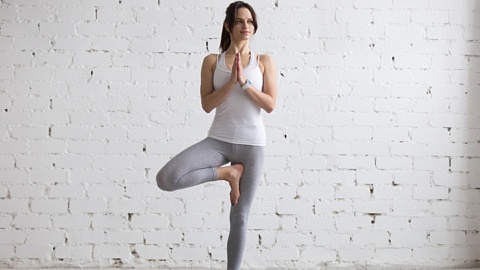The summer heat and working from home has many people interested in enjoying outdoor activities, all the while maintaining social distancing, of course....
About the Author
Conor McDermott
Conor McDermott is a Health and Fitness Coach with more than 20 years experience. He is currently servicing the Toronto area and can be contacted at connorkenji.com.
Photo credit: Edmund Vanzyl




